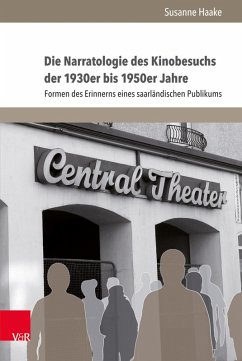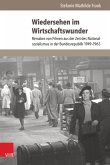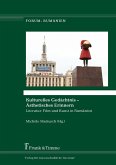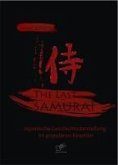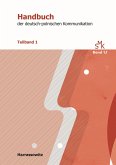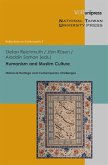Remembrance and memory are enjoying a boom in Humanities research. In her study, Susanne Haake examines forms of remembering with respect to cinema-going in the Saarland, a German federal state, between the 1930s and 1950s. Closing a scholarly gap, her analysis of local cineastic history examines the viewing public and their film experiences. What cinema reminiscences are evoked from one's youth and how are they conveyed from a narratological angle in the context of the living world and historic events? To answer these questions, Susanne Haake analyzes interviews using an interdisciplinary analytical instrument she herself developed.
Dieser Download kann aus rechtlichen Gründen nur mit Rechnungsadresse in A, B, BG, CY, CZ, D, DK, EW, E, FIN, F, GR, H, IRL, I, LT, L, LR, M, NL, PL, P, R, S, SLO, SK ausgeliefert werden.

